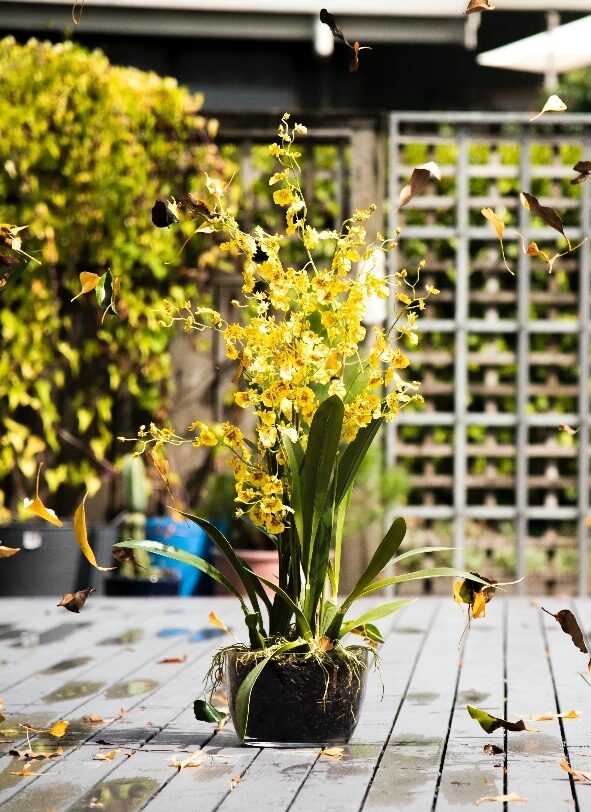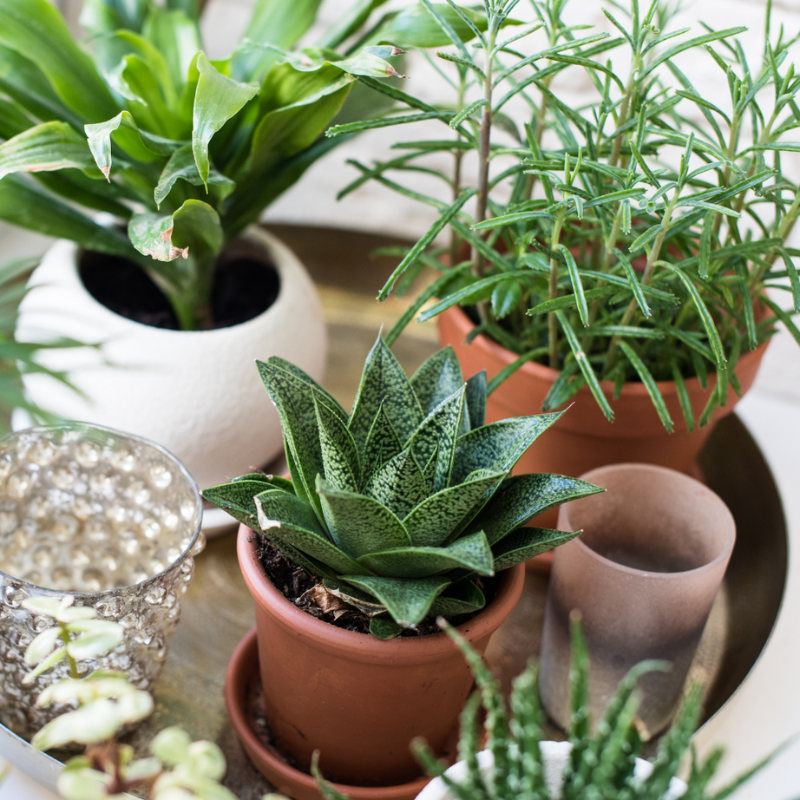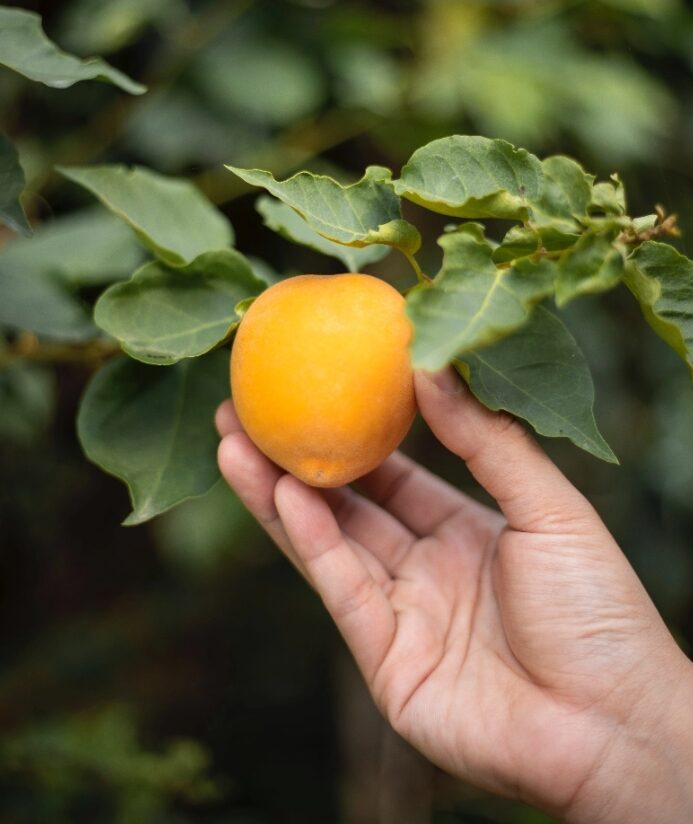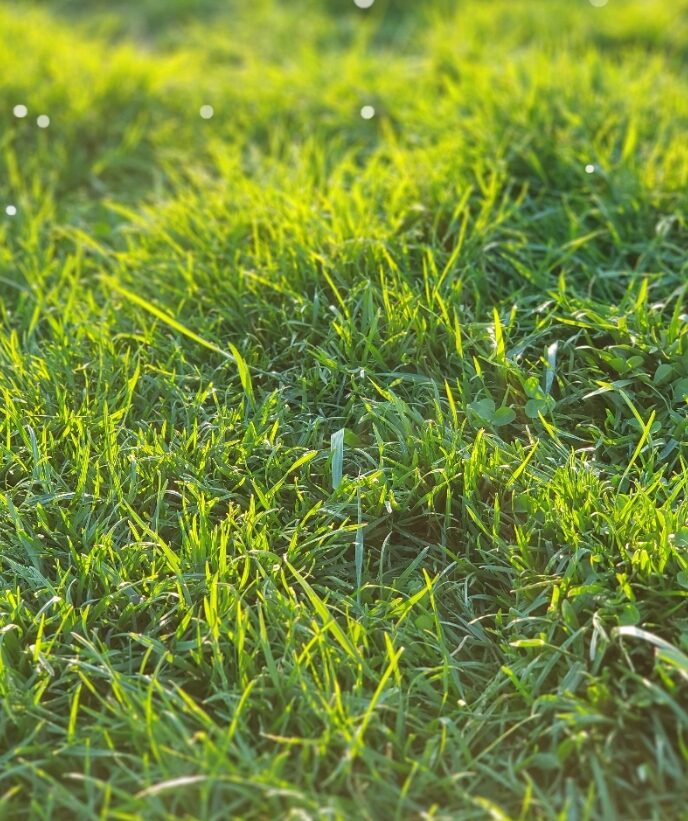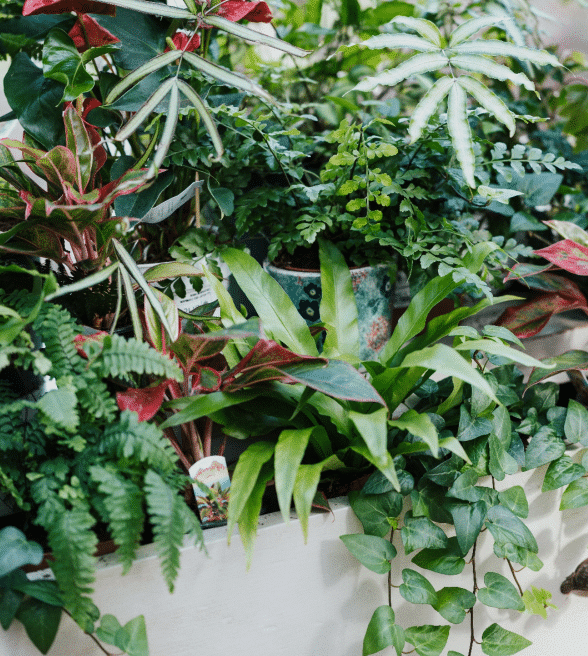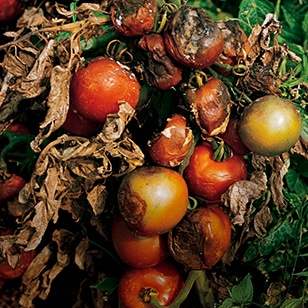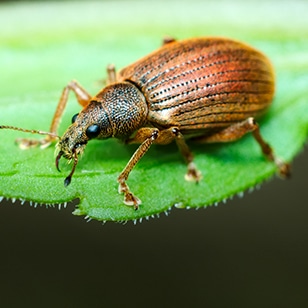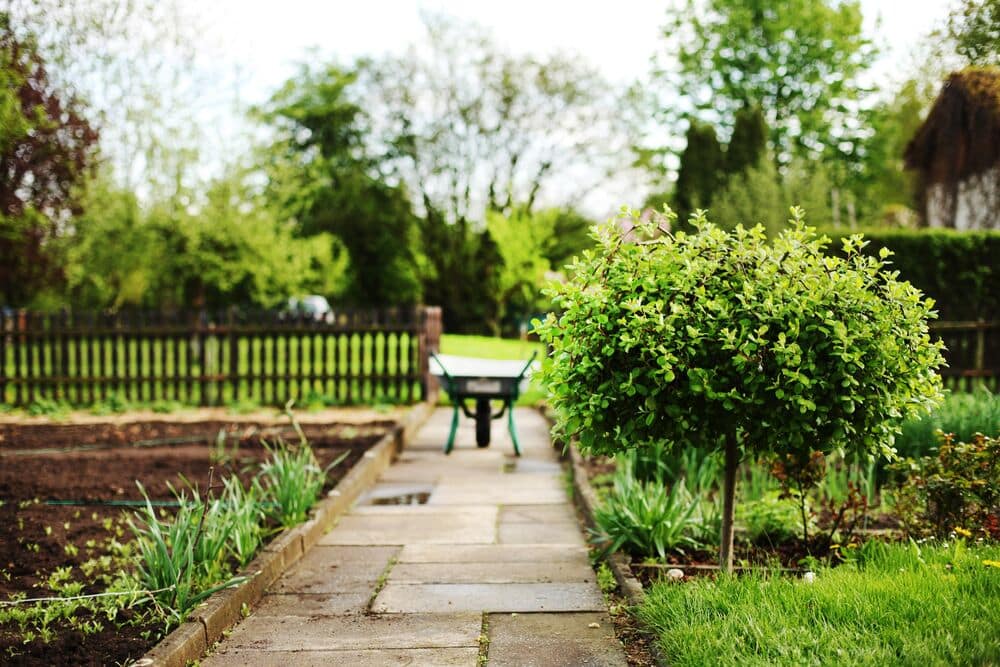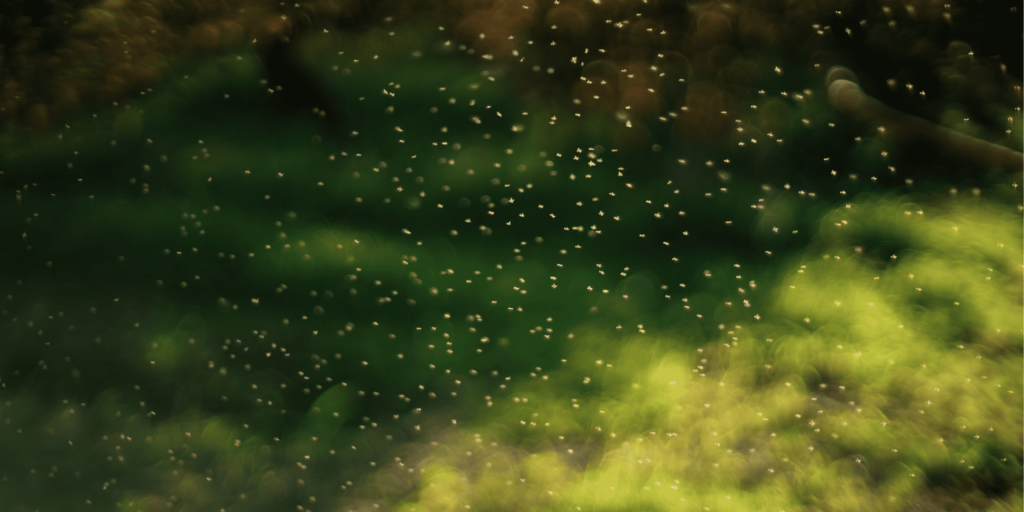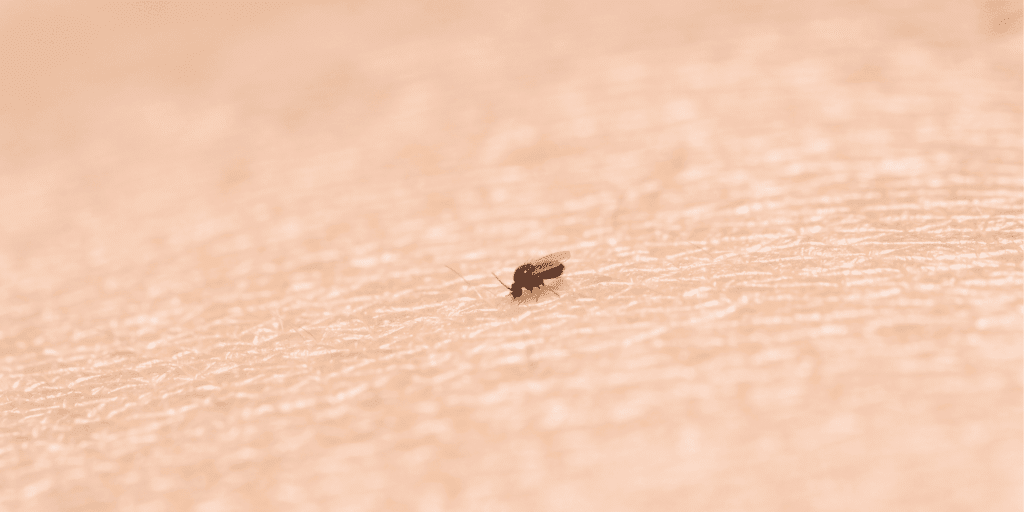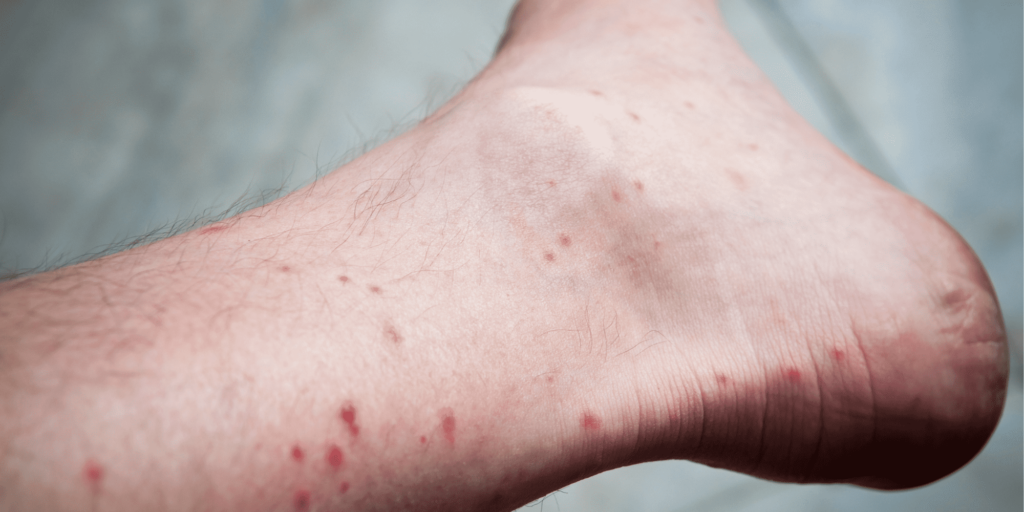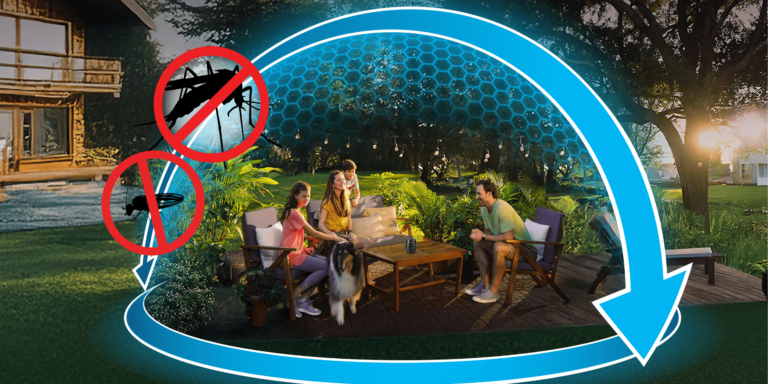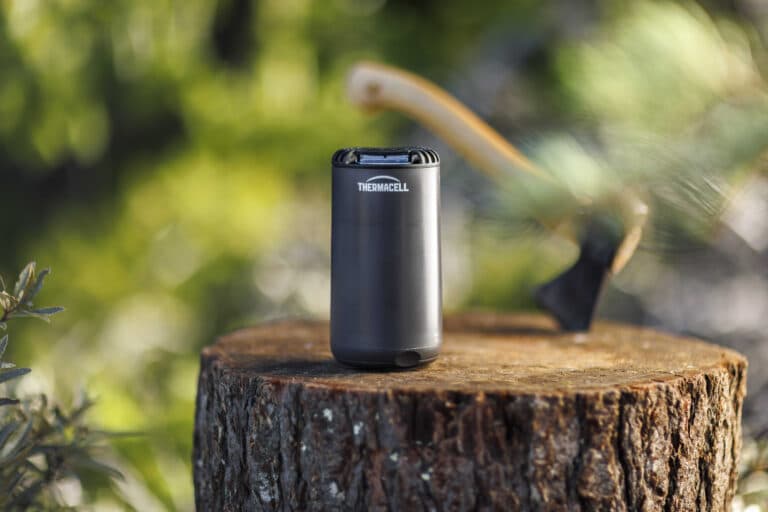Information on Midges

Few things can spoil a peaceful summer evening quite like a swarm of midges. These tiny insects may be small, but their presence is enough to cause irritation, discomfort and frustration for anyone spending time outdoors. While they don’t carry diseases, their bites and sheer numbers can quickly turn enjoyable activities into unwelcome experiences. Understanding when and where midges are most active, what draws them in, and how they affect both health and lifestyle is key to managing their impact and making the most of time spent outside.
Meet the Midge
Commonly found near wetlands and rivers, midges are tiny, flying insect that can cause despair. Although they do not spread disease, they do still bite, and cause itching and discomfort. Their presence is also a nuisance, and can disrupt the enjoyment of being outdoors, whether that’s entertaining friends and family on the terrace, tending to your garden, or other leisure activities.
Where They Thrive
Midges are often found near open water areas, from larger types like lakes and rivers, to smaller types such as ponds. They also tend to be more active at either dawn or dusk, thriving in warmer conditions when the wind is calm.
What Attracts Midges
Like many biting insects, midges detect potential targets through visual cues that are a result of movement, such as changes in shapes and colour. Other attractants such as body odour, sweat & an increase of CO2 exhalation can entice midges because of this movement.
Health & Lifestyle Impact
Although they are not generally deemed dangerous, or known for transmitting disease, midges can still cause harm to humans, whether that be physical or psychological harm.
Midge bites can cause a lot of irritation, including itching, redness and swelling around the targeted area is common, and in some cases, can result in an allergic reaction. Continuous itching or scratching of the bite may lead to secondary skin infections, which can be more serious.
There is also the psychological impact that midges have on those that they surround. this includes sleep disruption, general distress and even deter from everyday activities outdoors. Not only are outdoor leisure activities affected, but for those working outdoors, midges can reduce productivity and even require protective measures which can cost.



